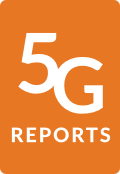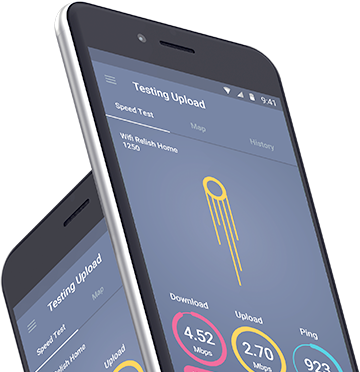Introduction
For the first time, Opensignal presents 5G awards in the U.K. We have analyzed our 5G users' experience across four 5G measures: the average speed when users have an active 5G connection (5G Download Speed and 5G Upload Speed), the time users spend connected to 5G represented by 5G Availability, and our users’ experience when streaming video while connected to 5G.
In addition we have also analyzed the overall experience of our 5G users across all generations of mobile network technology. The resulting award categories are: Download Speed Experience – 5G Users; Upload Speed Experience – 5G Users; and Video Experience – 5G Users. These measures combine the average experience that our 5G users see on 3G or 4G when they are not connected to 5G, with their average 5G experience, using the amount of time they spend connected to each generation of mobile network technology. Our 5G users have both a 5G smartphone and a 5G tariff.
Access to spectrum is vital if operators are to gain the additional capacity to offer users improved experiences alongside greater data usage in the 5G era. Back in 2018, Ofcom auctioned 150MHz of spectrum in the 3.4 GHz band along with 40MHz in the 2.3 GHz band. EE, O2 and Vodafone each obtained 40-50 MHz in the 3.4 GHz band while 3 obtained 20 MHz.
In addition, in the most recent spectrum auction organized by Ofcom the four major operators parted with around £1.36 billion in the principal stage in March. This latest spectrum auction allocated 80 MHz in the 700 MHz band — rural 5G or for 5G signals to penetrate deeply inside large buildings — and 120 MHz in the 3.6-3.8 GHz band. Together, this boosts the amount of spectrum available in the UK for mobile use by around 22%.
EE obtained the largest amount of spectrum (80 MHz), while O2 acquired 60 MHz. Interestingly, Vodafone like EE and O2 obtained 40 MHz of spectrum in the 3.6-3.8 GHz band but no 700 MHz spectrum, while 3 was the reverse — claiming 2 x 10 MHz of 700 MHz. However, 3 already had 140 MHz of spectrum between 3.4GHz and 3.8GHz prior to this auction — partly due to its purchase of UK Broadband back in 2017. 700 MHz spectrum will help operators achieve wide-area, rural and in-building coverage, while the 3.6-3.8 GHz spectrum is most useful when high capacity is needed.
In this report we examine the mobile network experience of our 5G users on the four main mobile network operators in the U.K.: 3, EE, O2 and Vodafone, over a period of 90 days starting December 1, 2020 and ending February 28, 2021, to see how they fared. We have also published a companion report — United Kingdom Mobile Network Experience — which analyzes the overall experience of all our mobile users in the U.K.




